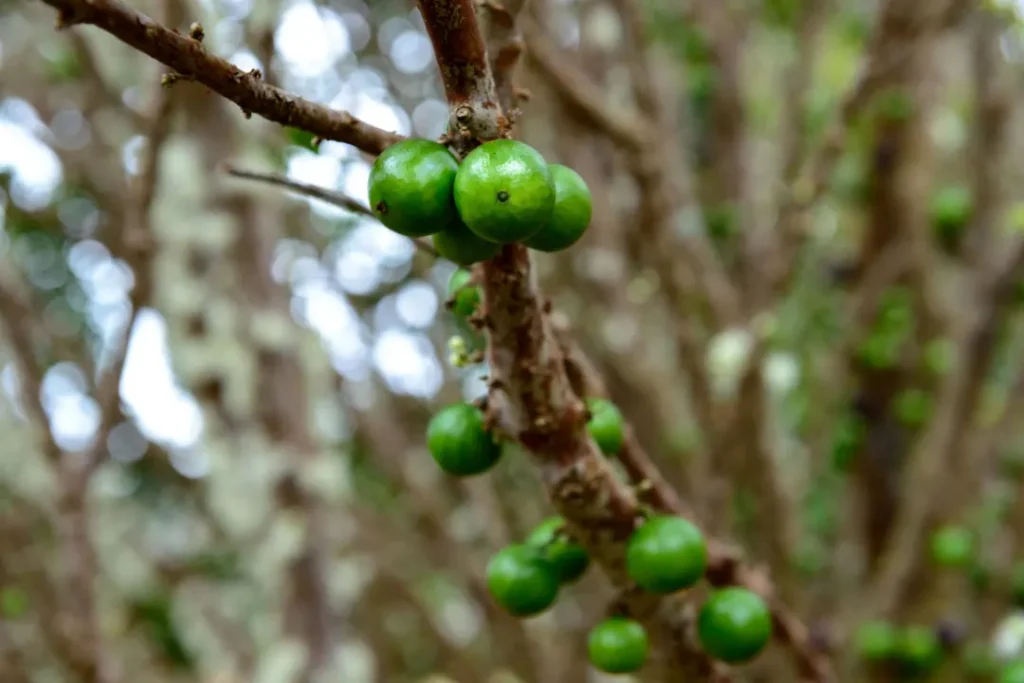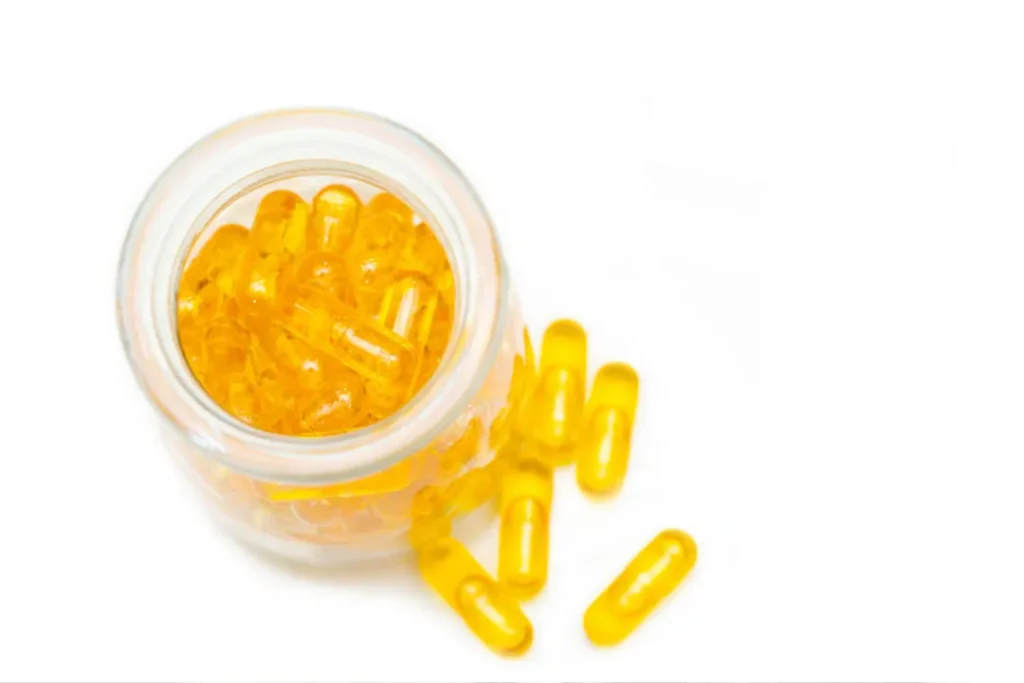The Brazilian native tree known as Cha de Bugre (Cordia salicifolia) has long been utilized throughout history for its medicinal benefits. Fatty acids, flavonoids, and allantoin are among the bioactive substances found in the bark, fruit, and leaves of this plant. We will focus on the fatty acid content of Cha de Bugre as the main topic of this review, along with any possible effects on human health.
You May Also Like:
The Best Nootropics for Learning and Memory: 5 Top Brands Reviewed
Carrageenan: Benefits, Dosage, Side Effects, Drug Interactions, and Other Important Information
Cha de Bugre: Benefits, Dosage, Side Effects, Drug Interactions, and Other Important Information is an original (NootropicsPlanet) article.
The Nature of Cha de Bugre Fatty Acids
A wide range of fatty acids are included in Cha de Bugre’s rich nutritional profile, with linoleic acid (omega-6), oleic acid (omega-9), and palmitic acid predominating. These fatty acids are essential for many biological processes, such as preserving the integrity of cell membranes, controlling inflammatory reactions, and generating positive hormone production.
Health Benefits of Cha de Bugre Fatty Acids
According to studies, the anti-inflammatory and antioxidant capabilities of the fatty acids in Cha de Bugre may lead to various health advantages. Cha de Bugre contains linoleic acid, which may lessen inflammation and provide advantages for diseases like arthritis and heart disease that are characterized by chronic inflammation. Oleic acid’s antioxidant qualities may guard against oxidative stress, lowering the risk of chronic illnesses and enhancing general health. Despite being a saturated fat, palmitic acid may help maintain healthy cellular and hormonal functions when consumed in moderation.
Cha de Bugre has also been historically used in its native Brazil as a diuretic and appetite suppressant to aid with weight control. To support these possible advantages, further thorough scientific research is necessary.

Chemistry of Cha de Bugre
Cha de Bugre’s fatty acids are chemically constructed of carbon, hydrogen, and oxygen atoms. Their structure consists of a hydrocarbon chain in the middle, with a carboxyl group (COOH) on one end and a methyl group (CH3) on the other. Different fatty acids are distinguished by their chain length and by the presence, lack, or placement of double bonds in the chain. Due to its two cis double bonds, the important fatty acid linoleic acid falls within the polyunsaturated fat classification.
Oleic acid, on the other hand, is a monounsaturated fat since it contains one cis double bond. Palmitic acid is a saturated lipid with no double bonds in its chain. The fatty acids in Cha de Bugre are carboxylic acids, which have a lengthy hydrocarbon chain and a terminal carboxyl group as their chemical building blocks.
Their structures vary depending on the chain length and whether double bonds are included in the chain. For instance, linoleic acid, an important fatty acid, is categorized as a polyunsaturated fat because it contains two cis double bonds. Oleic acid is a monounsaturated fat containing one cis double bond. With no double bonds in its chain, palmitic acid is a saturated fat.
Physiological Mechanisms of Action
Cha de Bugre contains fatty acids that have a variety of interactions with the body, principally via their functions in cellular function and inflammatory processes. Fatty acids are essential to the fluidity and functionality of cell membranes, contributing to the synthesis of signaling molecules like eicosanoids, which are essential to many physiological functions.
Oleic acid has been researched for its antioxidant potential. It is believed to work by neutralizing the damaging free radicals in the body to fight oxidative stress, a major contributor to many chronic illnesses. While omega-9 fatty acids, such oleic acid, are thought to have anti-inflammatory properties, omega-6 fatty acids, like linoleic acid, are precursors to pro-inflammatory molecules. This interaction can control how the body reacts to inflammation, making Cha de Bugre great for menstrual cycle symptoms.
Cha de Bugre is most popularly discussed in accordance to its hunger-control mechanisms, though the precise physiological mechanism behind this action is still unclear. It is hypothesized that the plant could alter brain-based satiety signals or decrease stomach emptying, so enhancing sensations of fullness.
Overall, the fatty acid content of Cha de Bugre is mostly responsible for its health advantages, but further investigation is required to completely understand how Cha de Bugre works in the body and brain.

Optimal Dosage of Cha de Bugre
There isn’t yet a single recommended dose for Cha de Bugre. Depending on the type (tea, pill, or tincture) and the particular health issue it is used for, the dose varies. The safest option is to follow the directions on the product’s package or seek out specific guidance from a healthcare professional.
Side Effects of Cha de Bugre
Although typically well accepted, Cha de Bugre may have negative effects like any supplements. These could consist of tummy aches, jitters, or an allergic response. Dehydration might result from its diuretic impact if fluid intake is not sufficiently increased.
Due to its possible stimulant effects, anyone with pre-existing medical issues, especially heart disease, should take Cha de Bugre with care. Due to a lack of safety information, it should not be used by pregnant or nursing women.
Potential Substance Interactions with Cha de Bugre
Cha de Bugre may interact with several drugs, particularly those used to treat heart disease, high blood pressure, and diuretics. Its stimulant effects may also intensify the effects of other stimulants, perhaps causing a rise in blood pressure and heart rate.

Responsible Use of Cha de Bugre
Cha de Bugre should be used with caution and care, just like any other dietary supplement. Before beginning Cha de Bugre, consumers should take into account their own health situation and any possible hazards. When taking it with other drugs or supplements, it is advisable to seek medical advice first. Due to its high fatty acid composition and possible health advantages, Cha de Bugre is a promising plant.
Although further study is needed, the available data support its conventional use and hints that, when taken as directed, it could be a helpful weight loss component. On its ideal dose, long-term negative effects, and possible interactions, future research will shed more light. Until then, it should be used sensibly while considering the advantages and any hazards.

Cha de Bugre: Conclusion
What was once only referred to as a notable Brazilian weight loss aid, Cha de Burge is so much more than a diet supplement. It has the ability to reduce inflammation and can even treat symptoms associated with viral infections and heart disease, while also reducing bloating and fatigue during moments of hormonal spiking, like menstruation. Though Cha de Burge does seem to have health benefits, it should not be used as curative medicine. Rather, it should supplement a healthy lifestyle and other medications under the direction of your medical practitioner.
References:
- Cha De Bugre: Overview, Uses, Side Effects, Precautions, Interactions, Dosing and Reviews. Retrieved from: https://www.webmd.com/vitamins/ai/ingredientmono-1124/cha-de-bugre
- Cha De Bugre – Uses, Side Effects, and More Retrieved from: https://www.webmd.com/vitamins/ai/ingredientmono-1124/cha-de-bugre
- Dietary fatty acids and inflammatory and oxidative stress pathways. Retrieved from: https://www.ncbi.nlm.nih.gov/pmc/articles/PMC3884868/
- Dietary Fats and Health: Dietary Recommendations in the Context of Scientific Evidence. Retrieved from: https://www.ncbi.nlm.nih.gov/pmc/articles/PMC3648752/
Important Note: The information contained in this article is for general informational purposes only, and should not be construed as health or medical advice, nor is it intended to diagnose, prevent, treat, or cure any disease or health condition. Before embarking on any diet, fitness regimen, or program of nutritional supplementation, it is advisable to consult your healthcare professional in order to determine its safety and probable efficacy in terms of your individual state of health.
Regarding Nutritional Supplements Or Other Non-Prescription Health Products: If any nutritional supplements or other non-prescription health products are mentioned in the foregoing article, any claims or statements made about them have not been evaluated by the U.S. Food and Drug Administration, and such nutritional supplements or other health products are not intended to diagnose, treat, cure, or prevent any disease.


